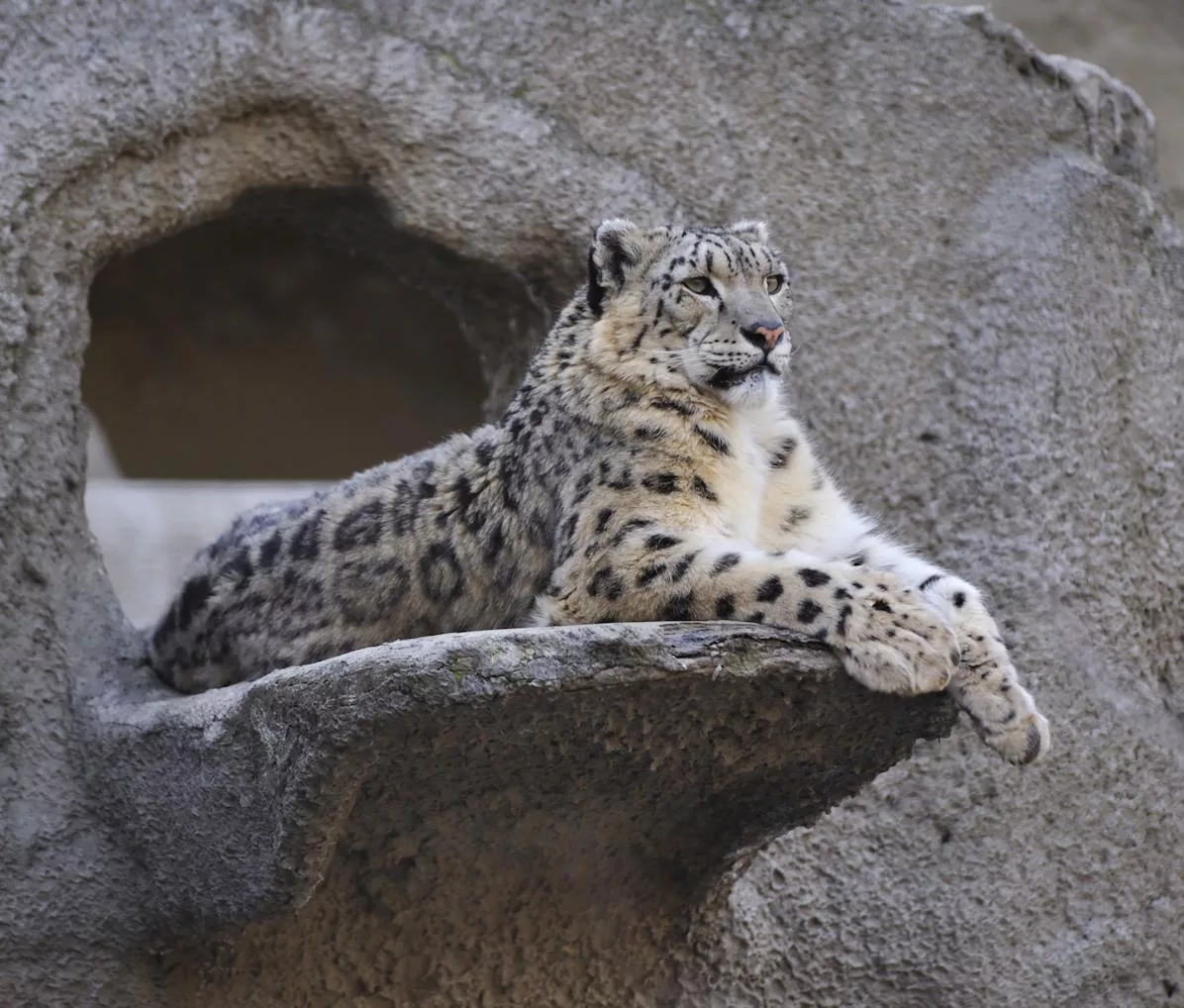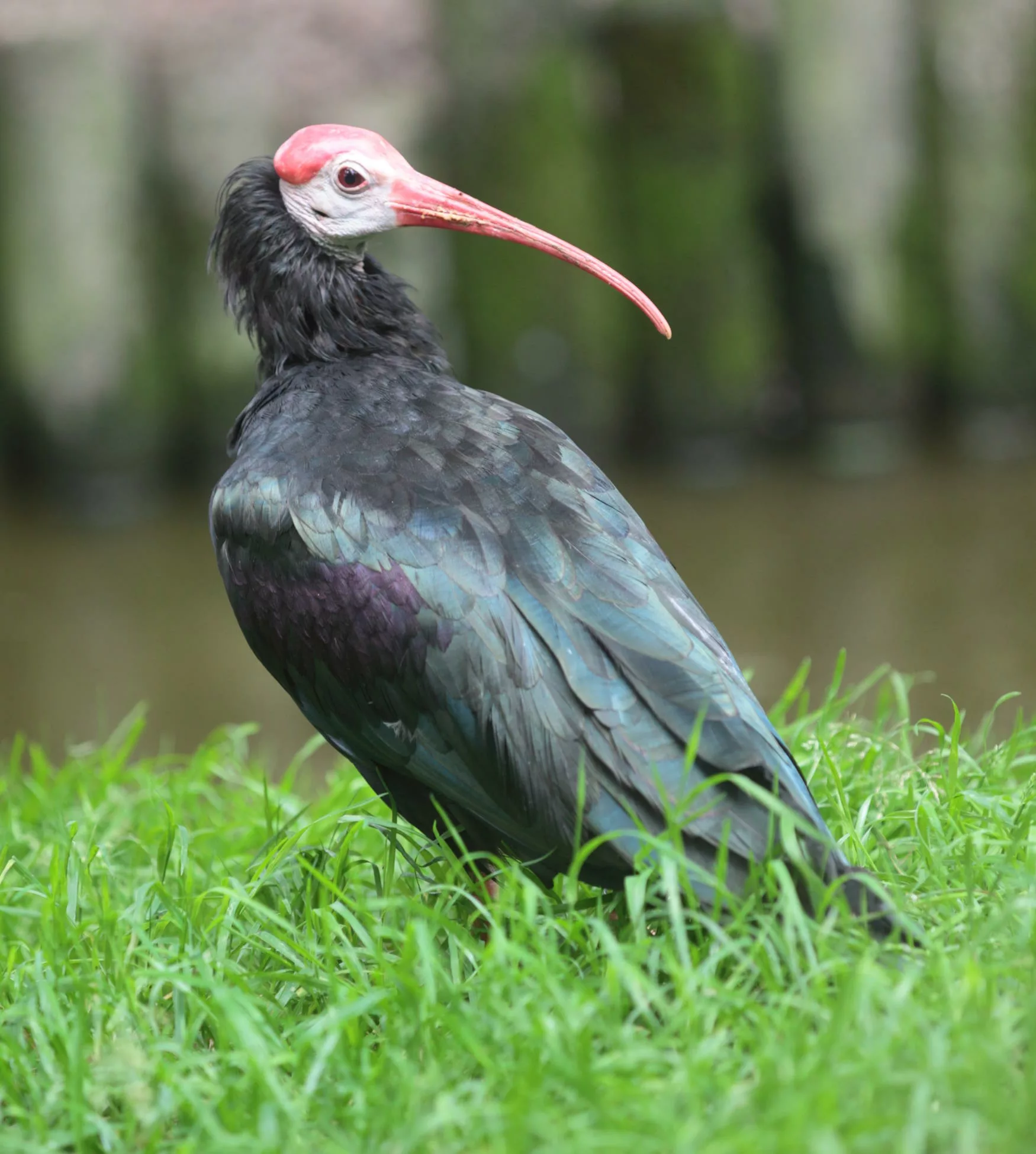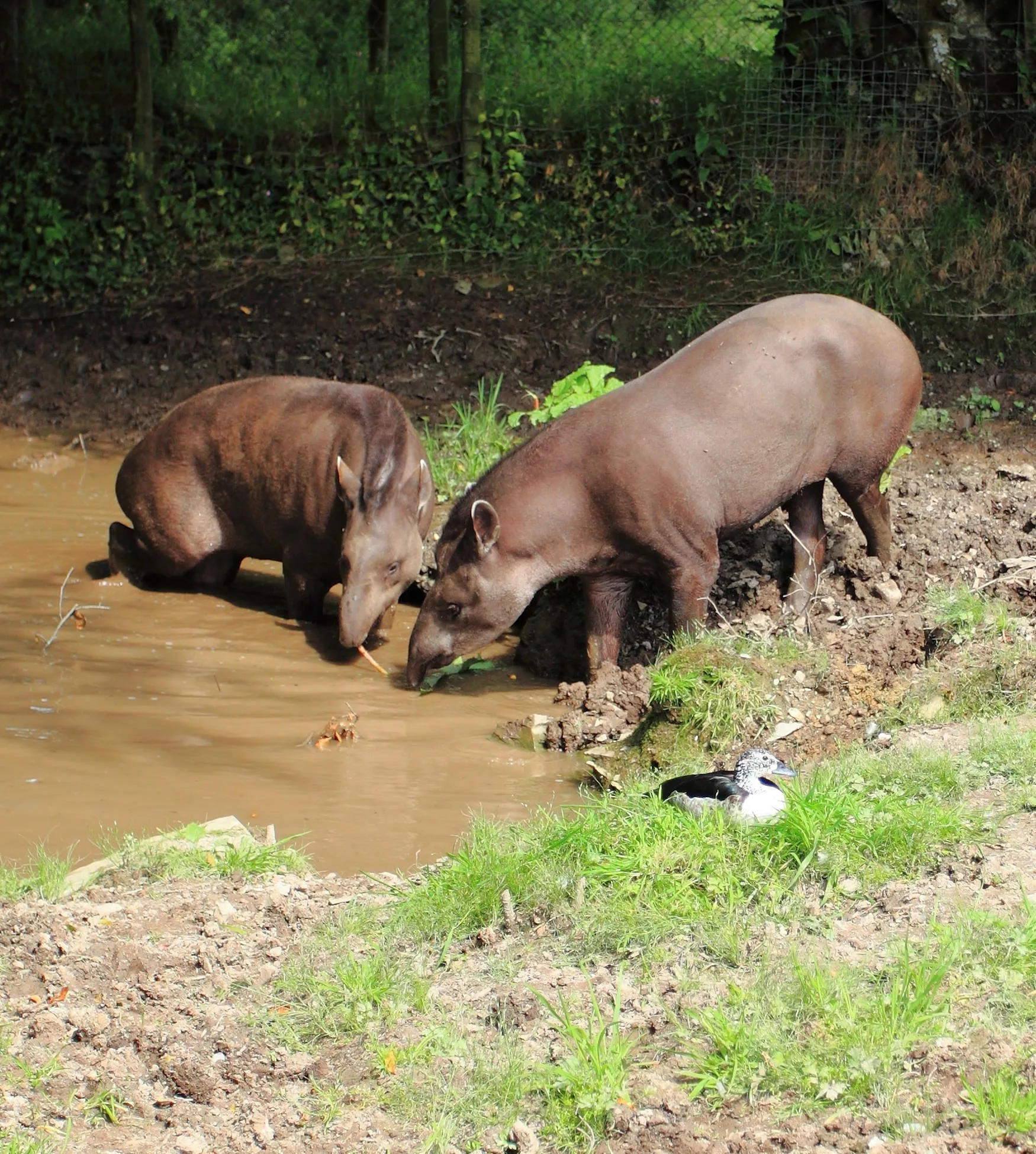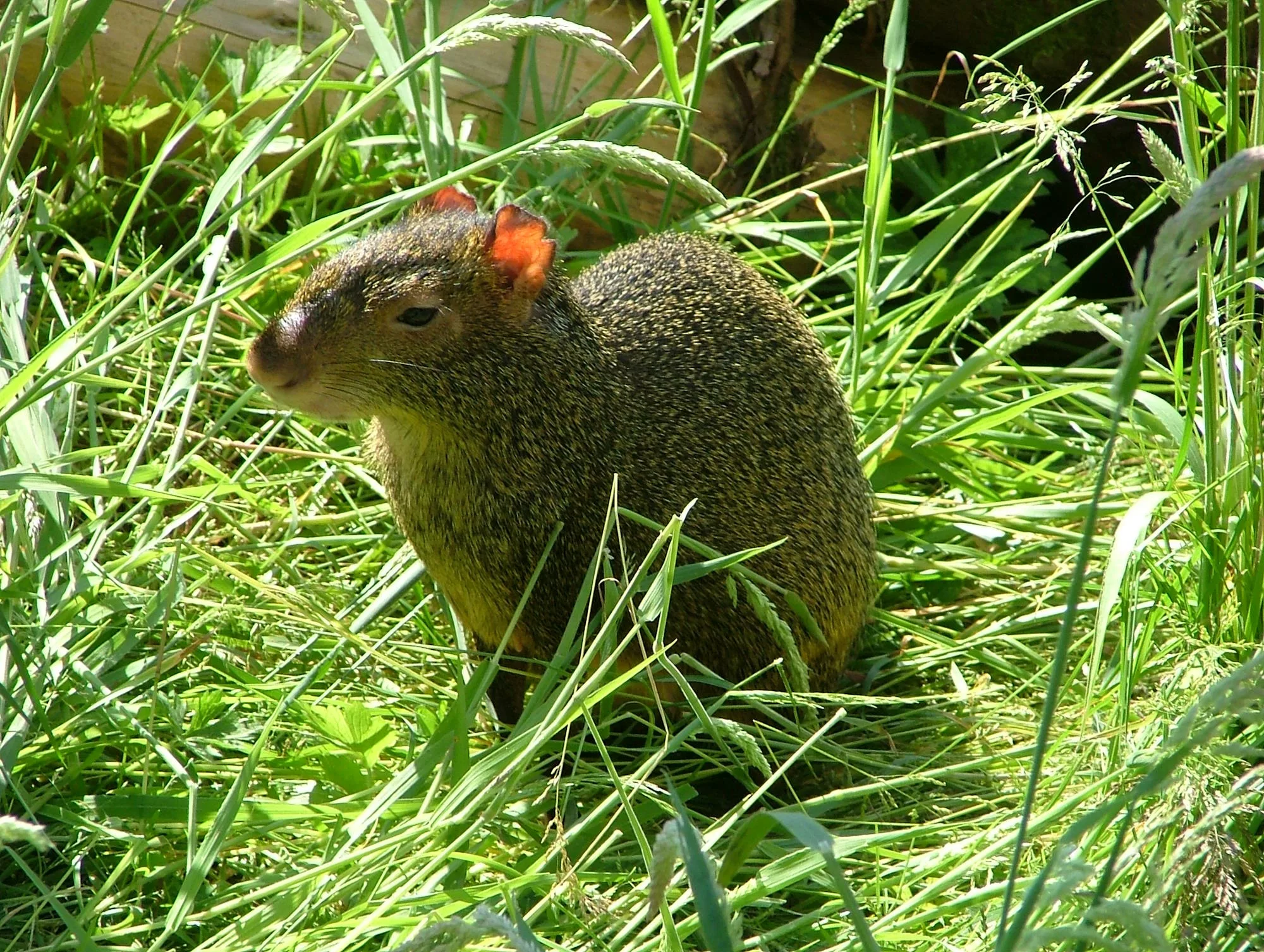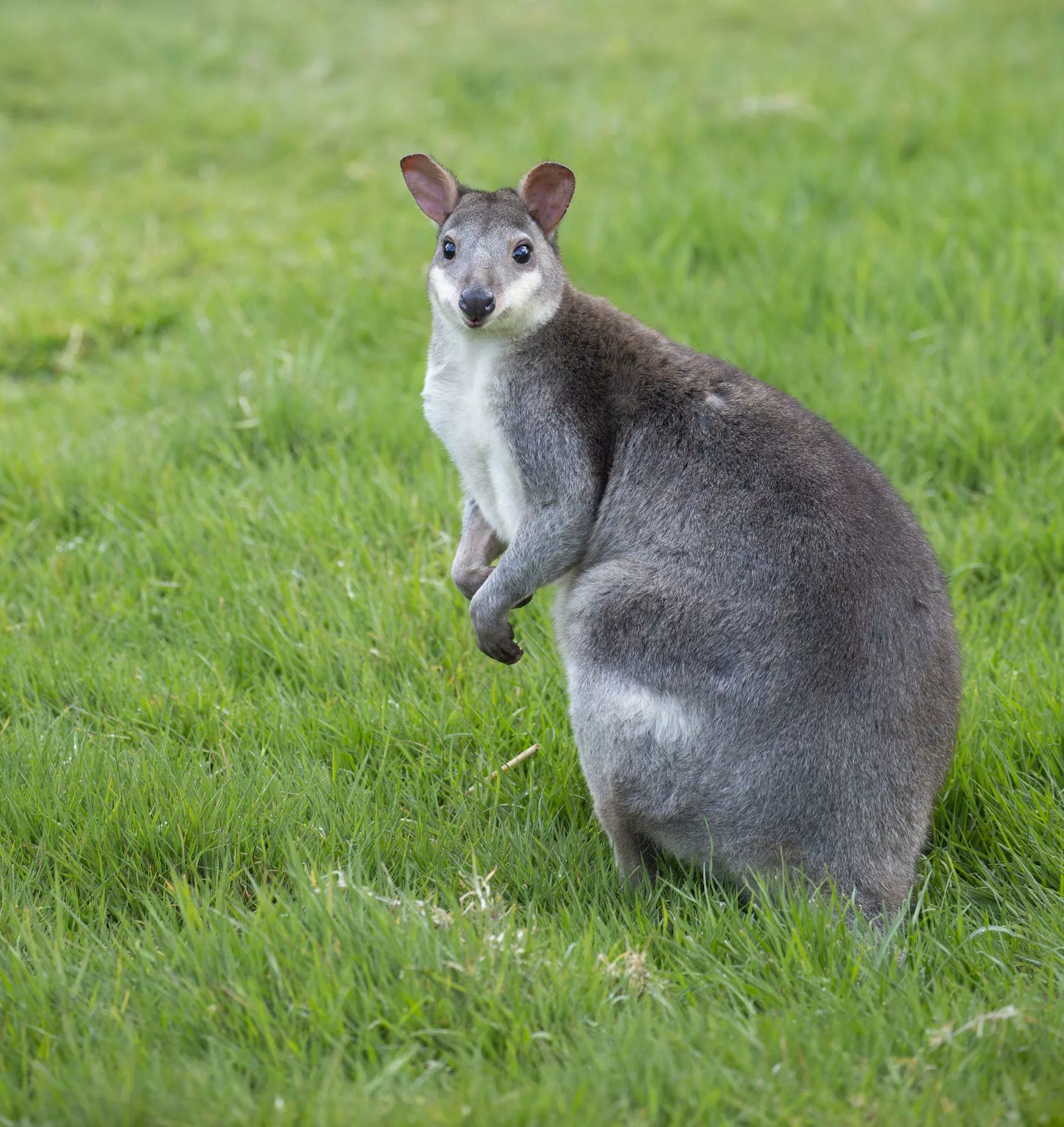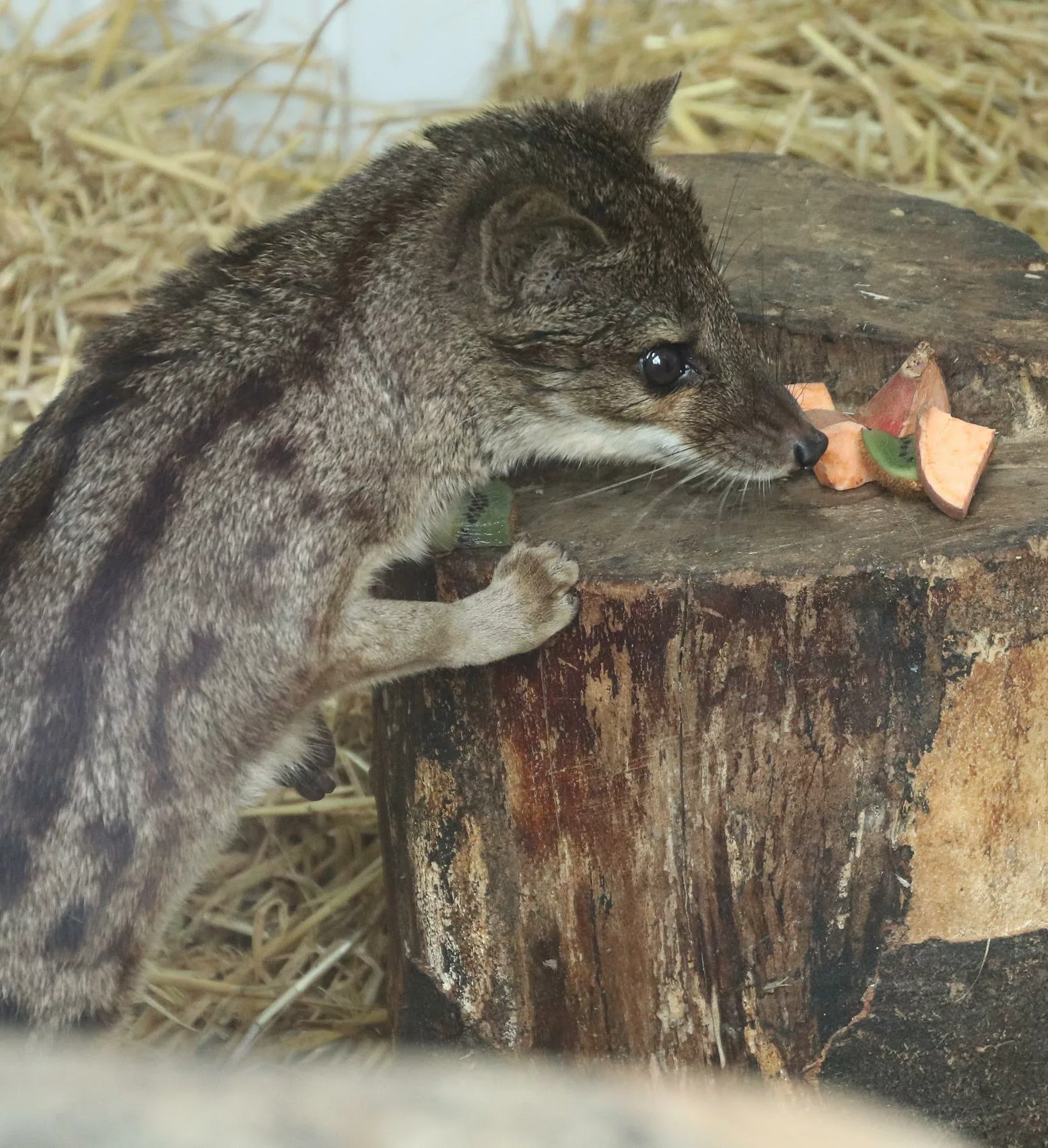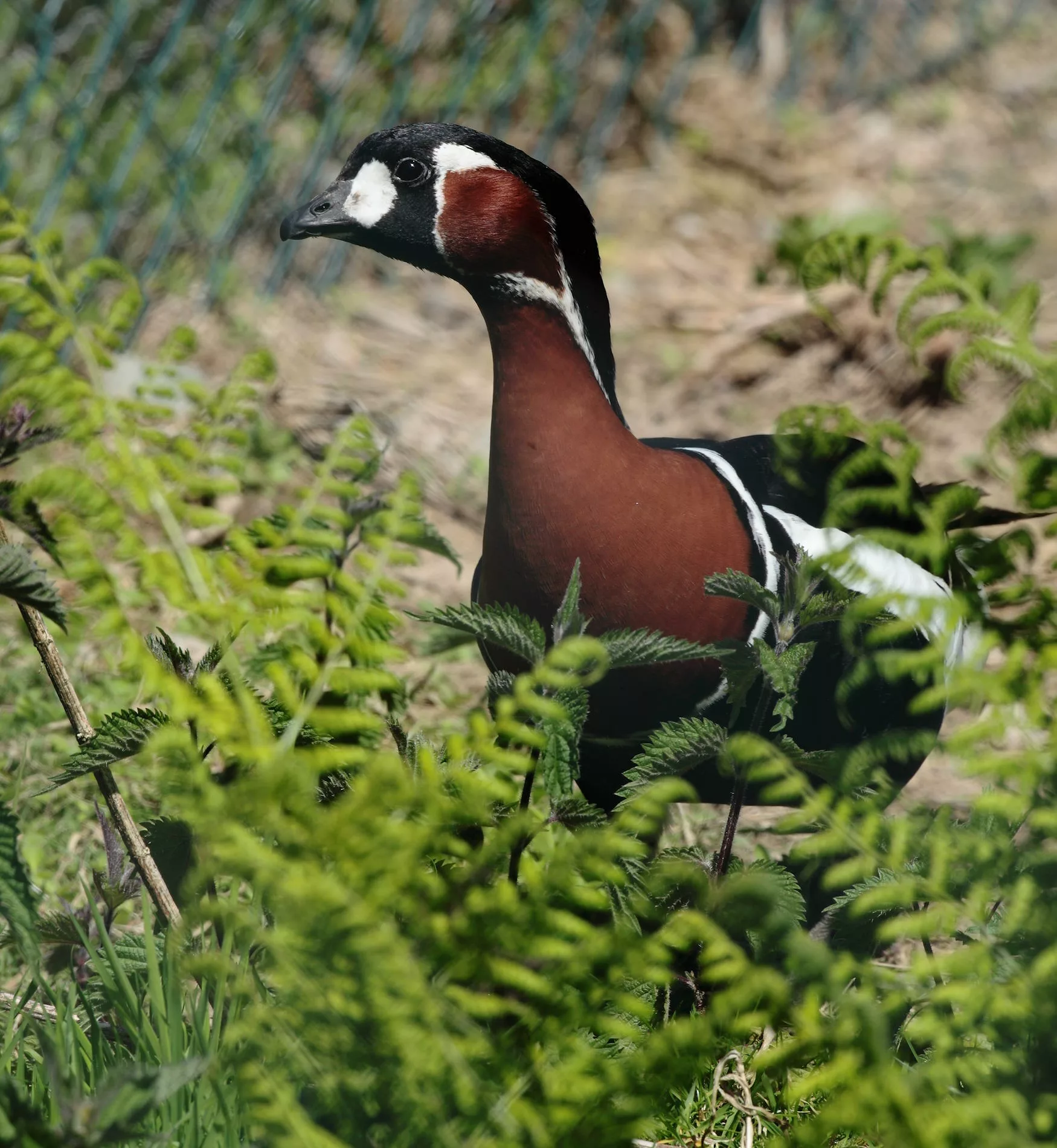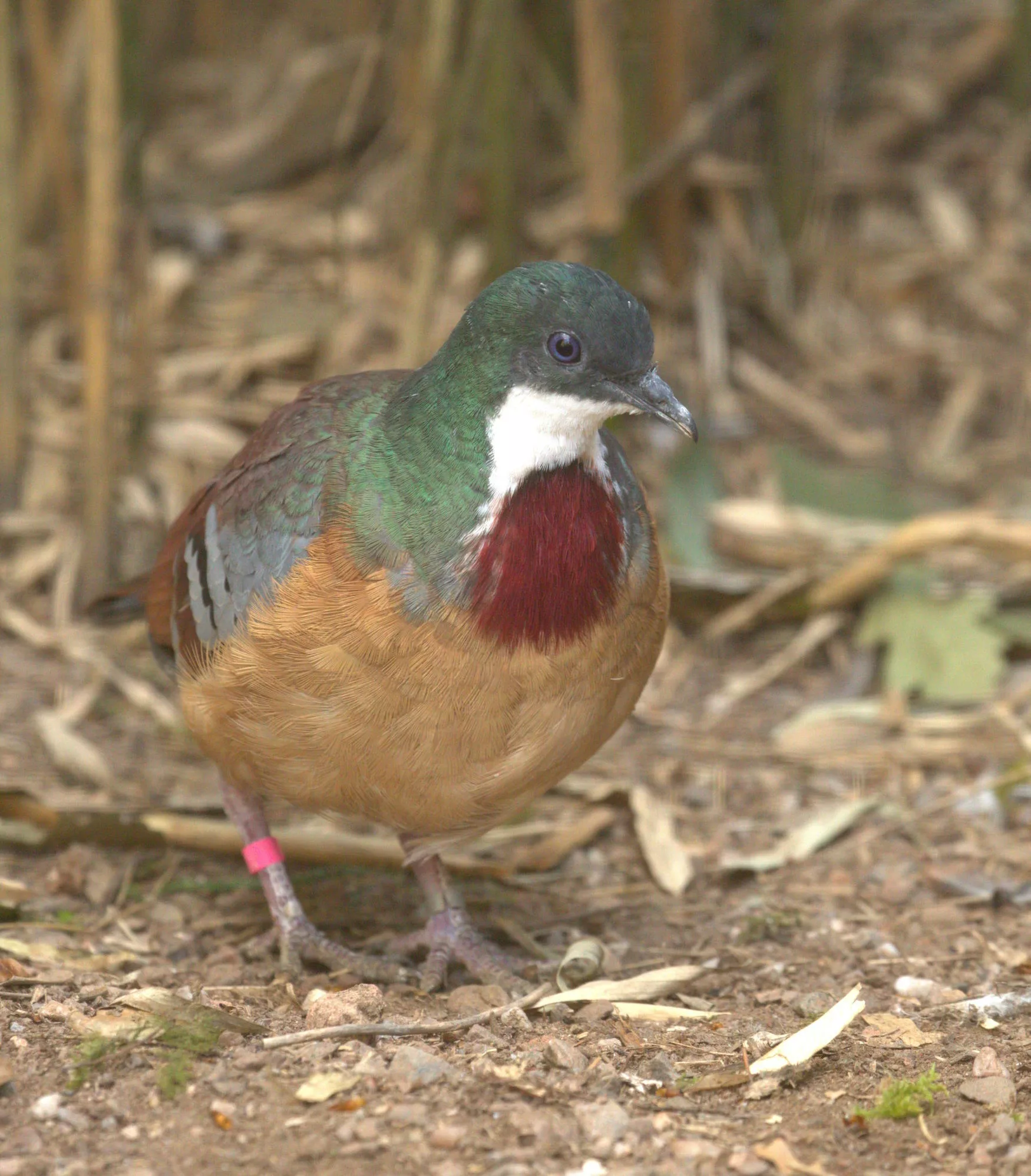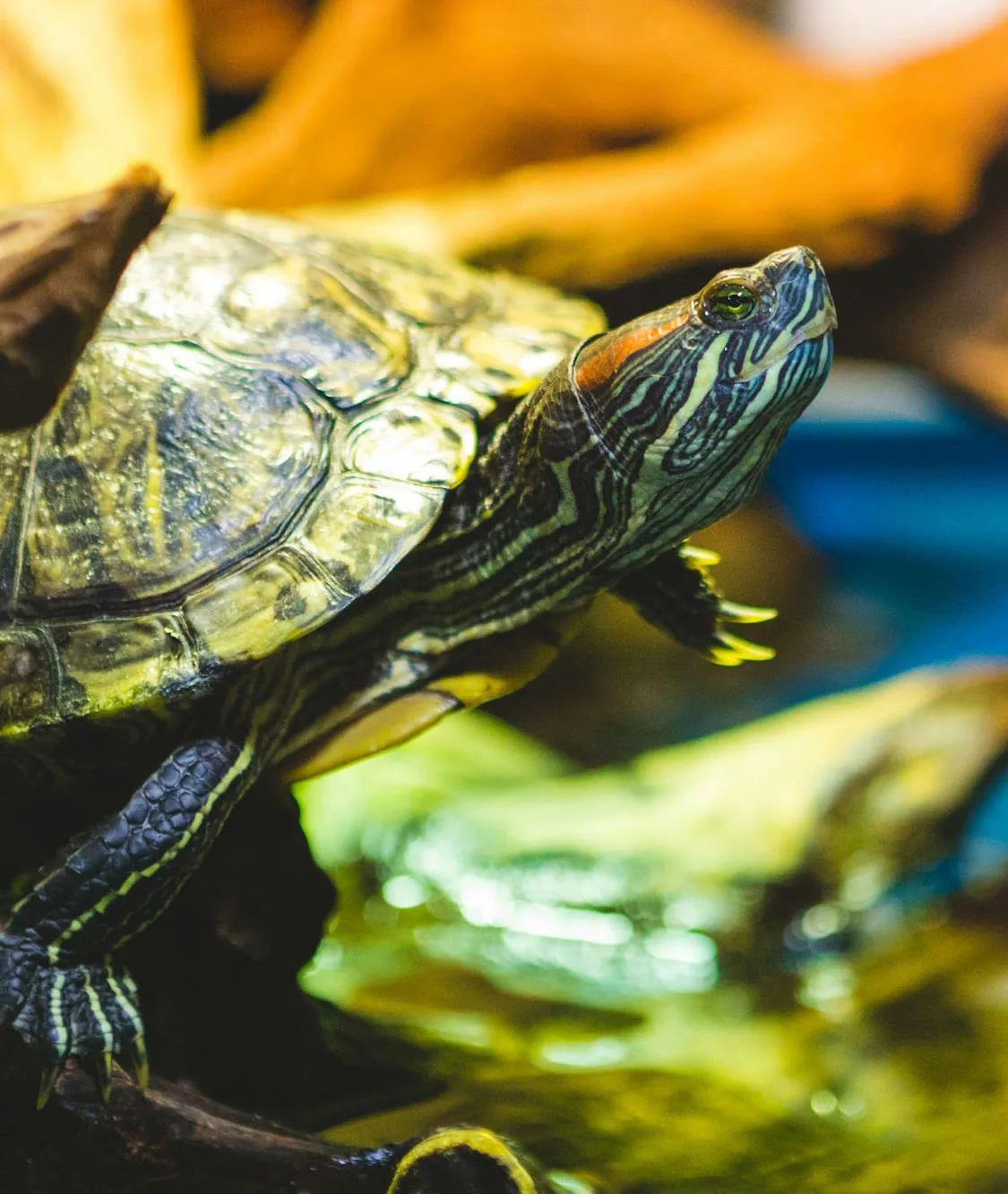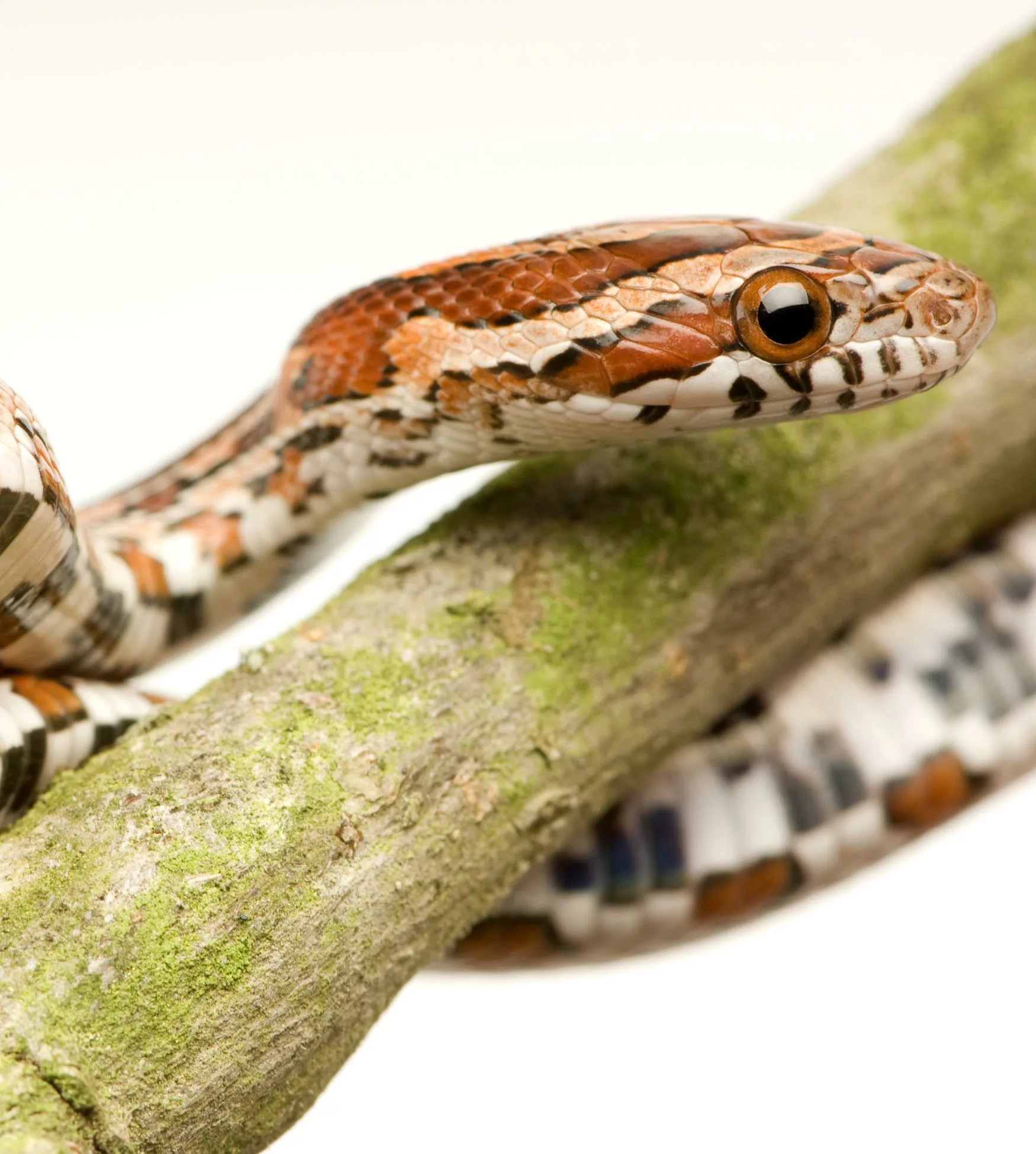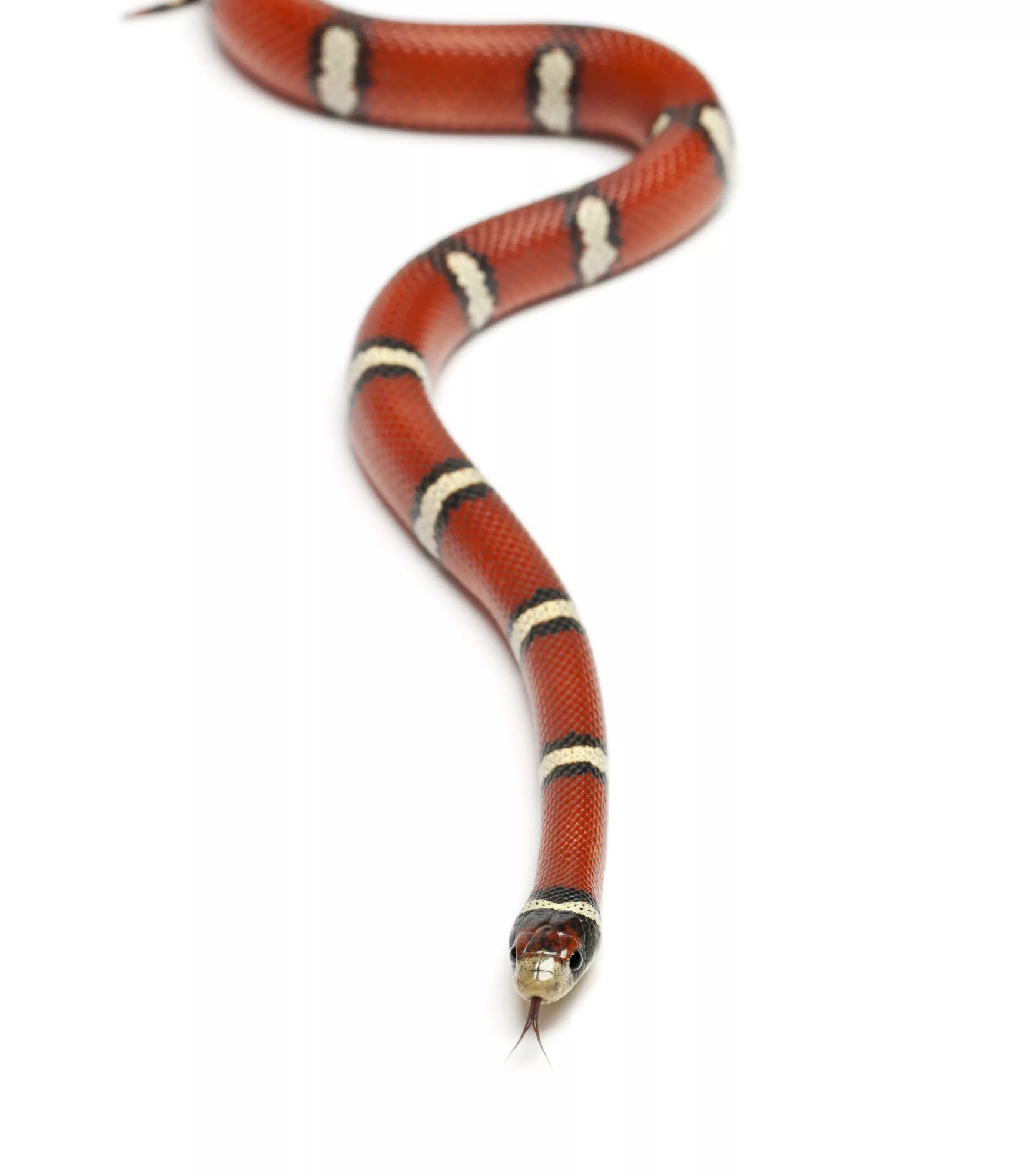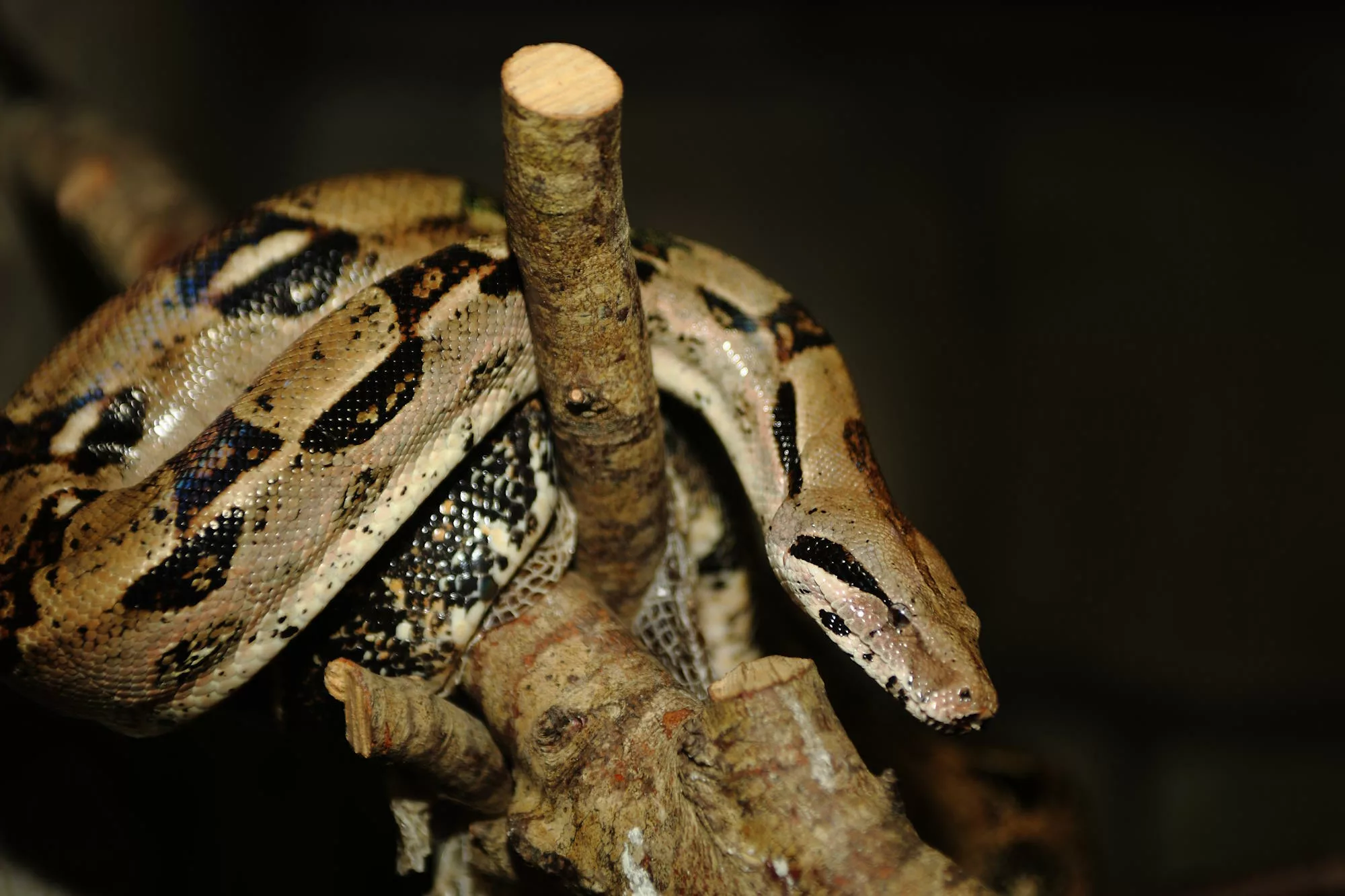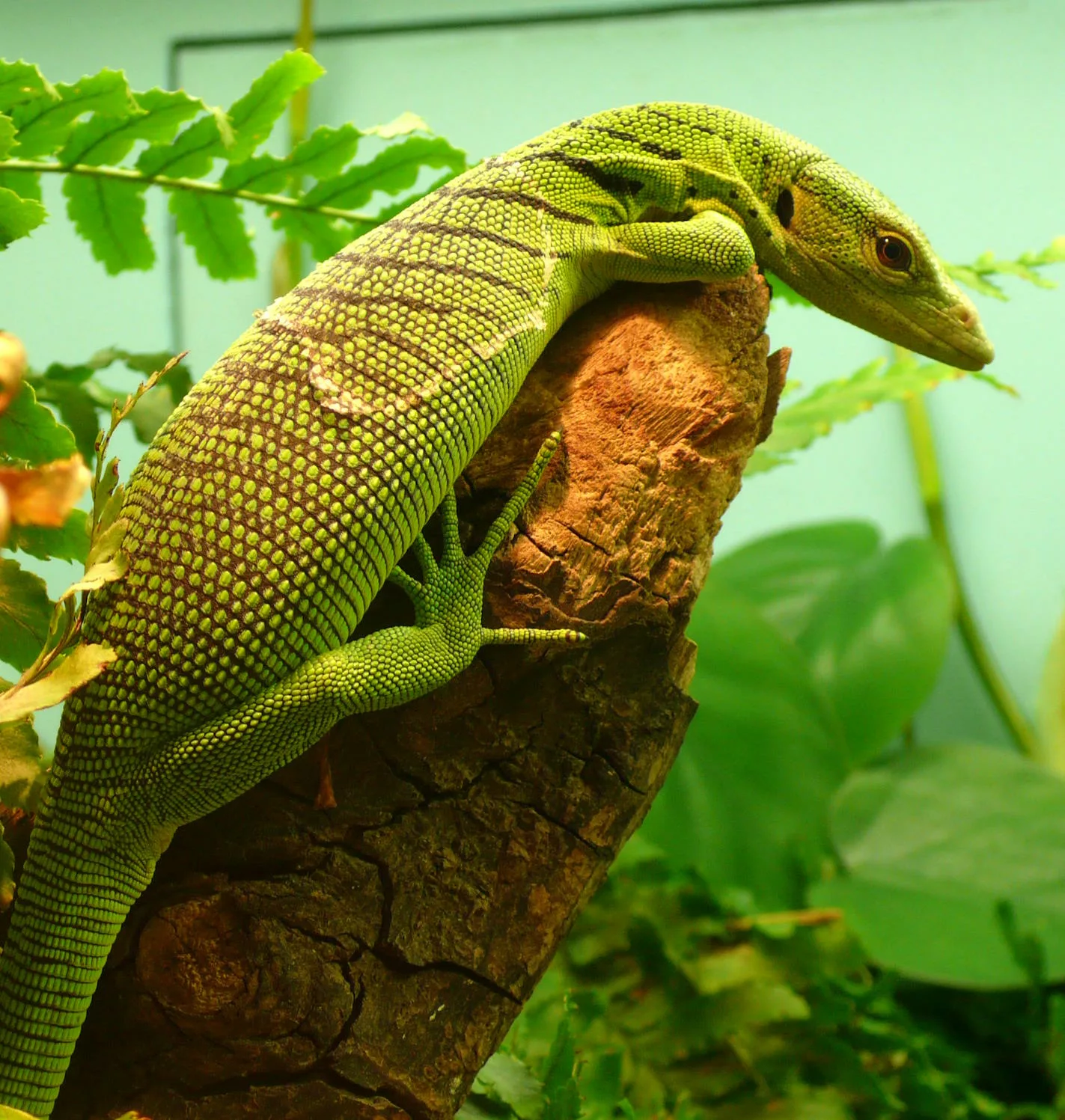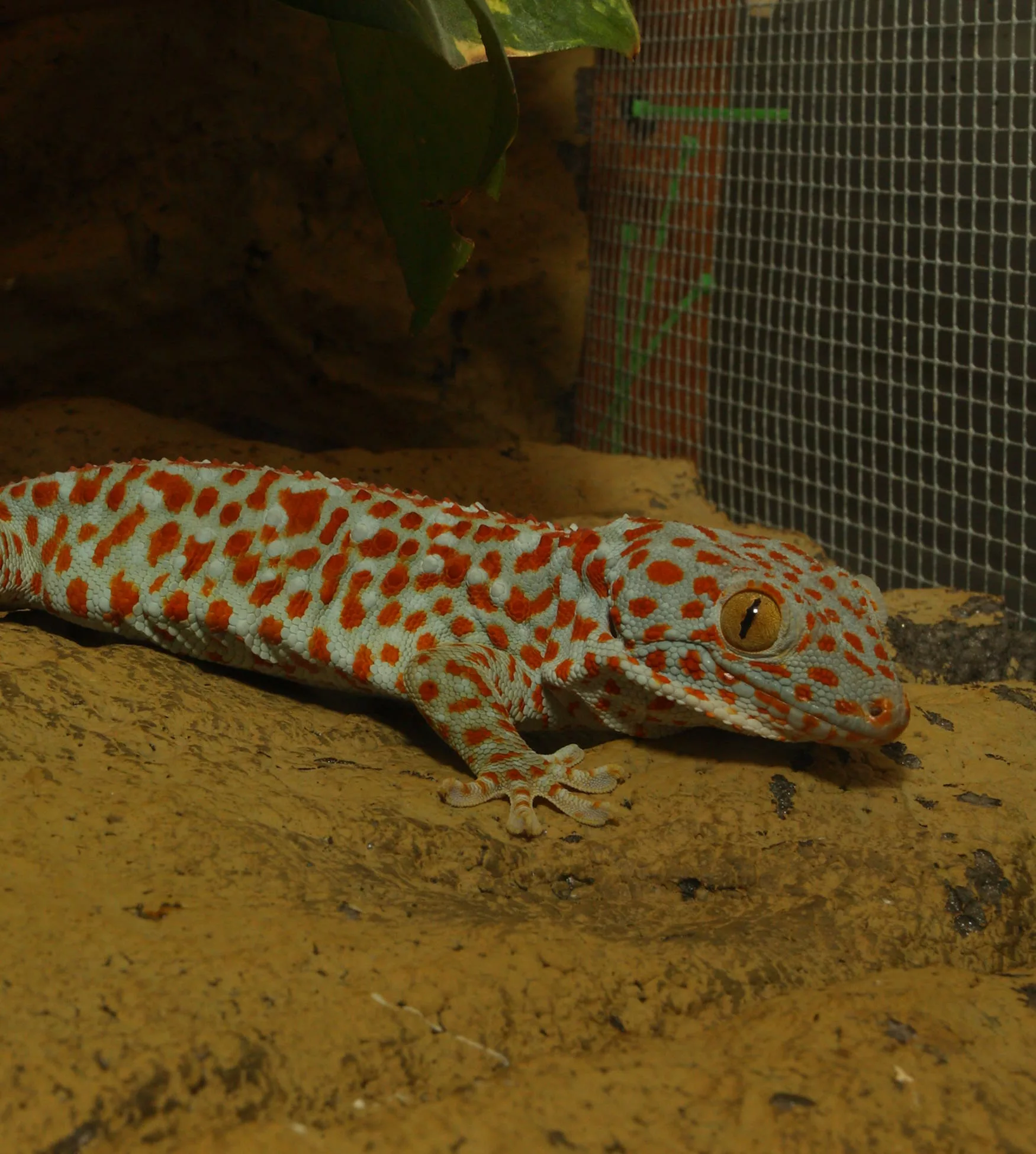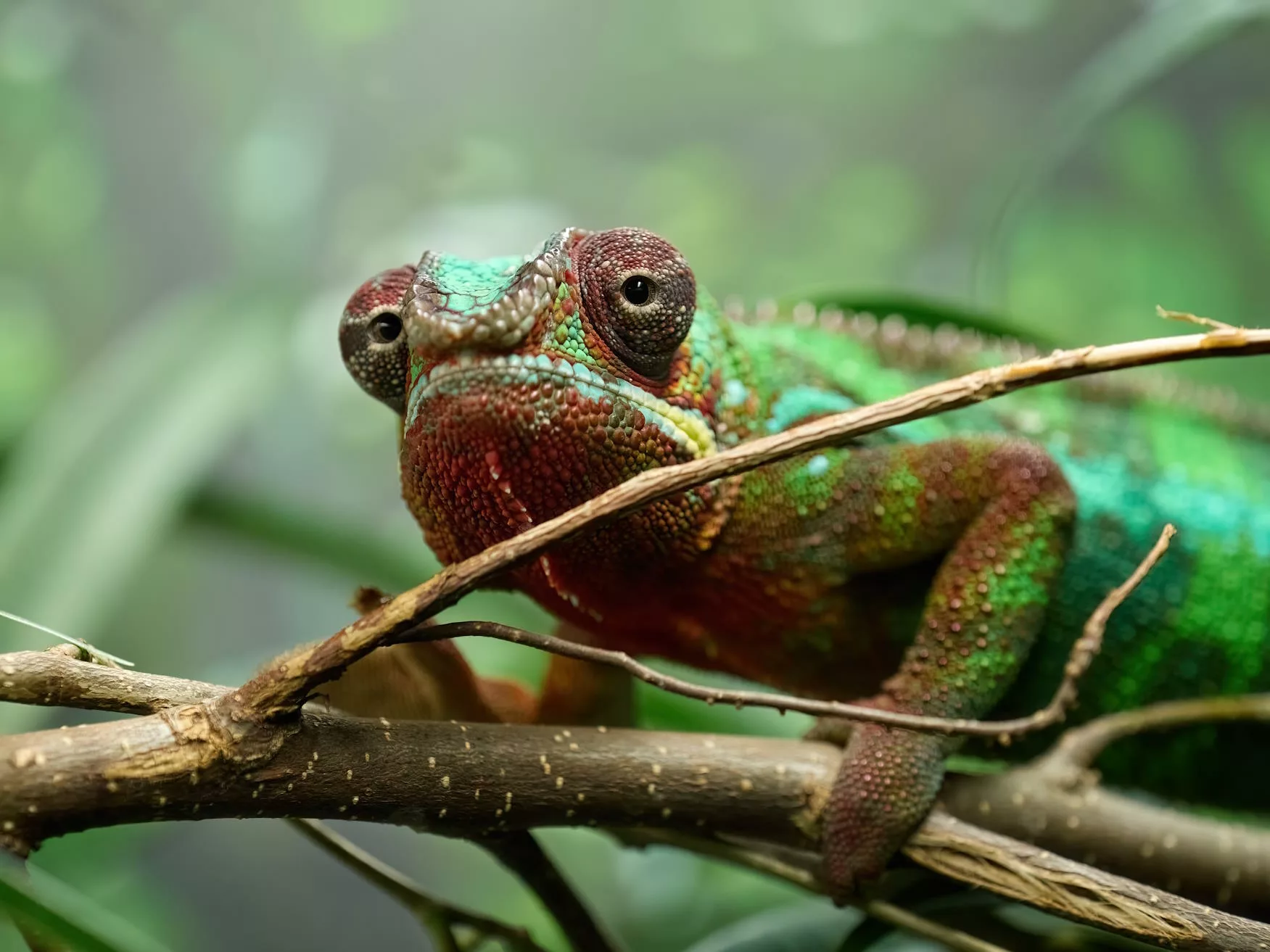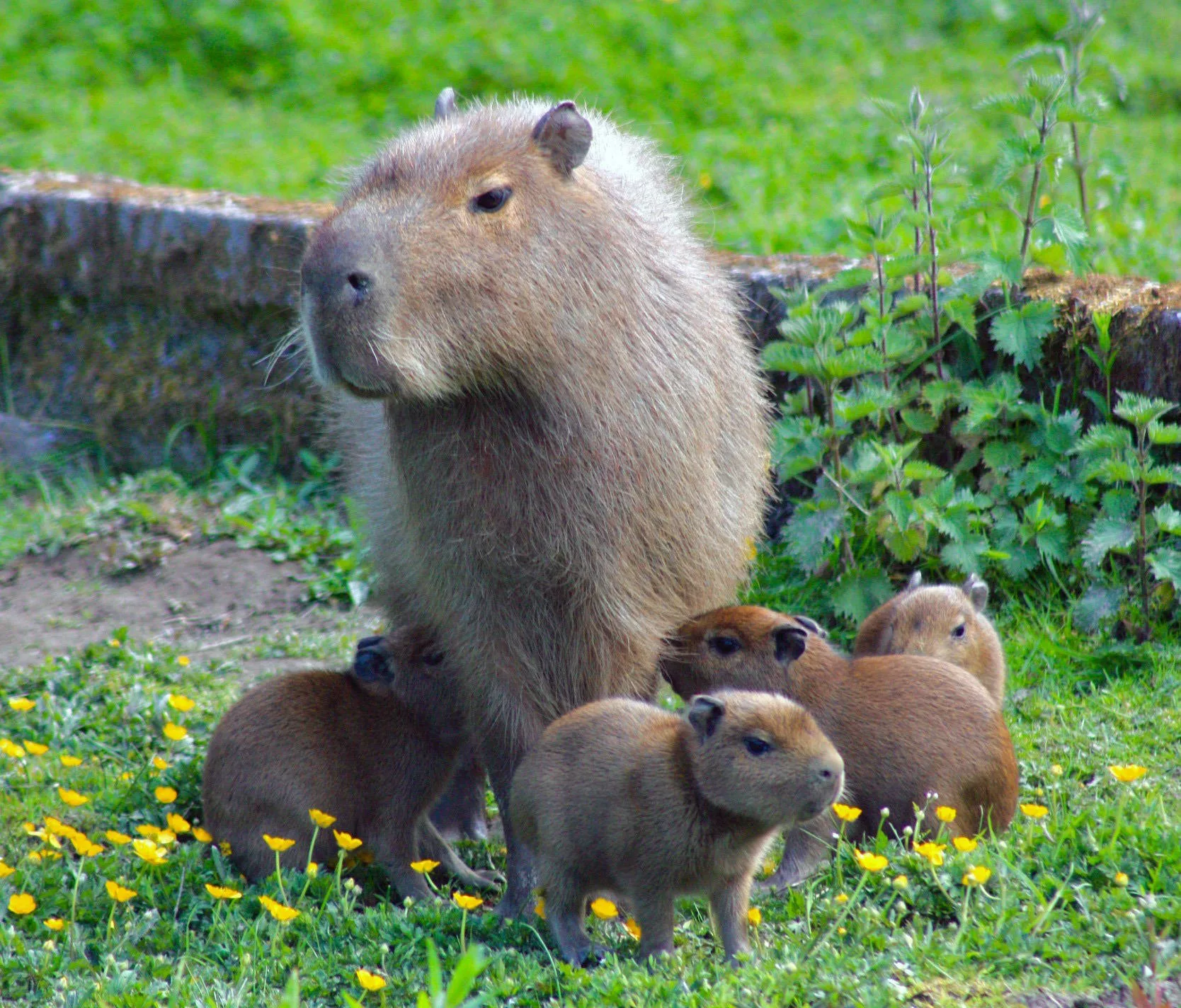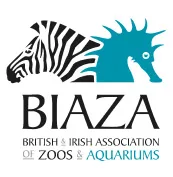
White-faced whistling duck
Scientific name: Dendrocygna viduata
IUCN listed as: Least Concern
Learn before you visit!
Here are some facts about the species – Discover what they eat, find out about their natural habitat, see what they like to do, and more… Set the reading style to suit you too, everyday speak or something aimed towards children.
Child-friendly
Everyday
Diet
The White-faced Whistling Duck primarily feeds on seeds, grains, and aquatic plants. They also consume small aquatic animals and insects, which they find by dabbling at the water’s surface or upending in shallow water. Their feeding often occurs at night, which helps them avoid predators and competition. This diet supports their energetic lifestyle and long migrations. In captivity, they are provided with a similar diet to ensure they get all necessary nutrients.
White-faced Whistling Ducks eat seeds, grains, and water plants. They also eat small water animals and insects. They look for food at night to stay safe. This diet keeps them healthy and strong.
Breeding
White-faced Whistling Ducks breed during the rainy season when food is plentiful. They nest in solitary pairs, small groups, or loose colonies, typically laying 4-13 eggs in a simple ground depression among tall grass or reeds. The eggs are incubated for about 26-28 days, and both parents share the incubation duties. Chicks are precocial, meaning they are relatively mature and mobile soon after hatching, and they fledge about eight weeks later. This cooperative breeding strategy helps ensure the survival of the young.
These ducks lay 4-13 eggs in nests on the ground. Both parents help keep the eggs warm, and they hatch in about 26-28 days. The baby ducks can move around soon after hatching and leave the nest after eight weeks. This helps them grow strong.
Habitat
White-faced Whistling Ducks inhabit a variety of wetland environments, including shallow lakes, marshes, and rice fields in sub-Saharan Africa and South America. They are highly adaptable and can thrive in both natural and artificial water bodies. These habitats provide essential resources such as food and nesting sites. Despite their adaptability, habitat destruction due to wetland drainage and pollution poses a significant threat. Conservation efforts focus on protecting these vital habitats to ensure the species’ survival.
White-faced Whistling Ducks live in wetlands like lakes and marshes in Africa and South America. They can live in both natural and man-made water bodies. Protecting these areas is important for their survival. Pollution and draining of wetlands are threats to their homes.
At the zoo
In zoos, White-faced Whistling Ducks are housed in enclosures that replicate their natural wetland habitats, including shallow ponds and plenty of vegetation. Their diet is carefully managed to include grains, vegetables, and protein sources such as insects. Zoos play a crucial role in educating the public about these ducks and the importance of wetland conservation. Breeding programs help maintain healthy populations and provide opportunities for research. These initiatives support the long-term conservation of the species.
In zoos, these ducks live in places that look like their natural homes. They eat grains, vegetables, and insects. Zoos teach people about these ducks and help protect them. Breeding programs keep their numbers healthy.
Behaviour
These ducks are highly social and often found in large flocks, sometimes numbering in the thousands. They are diurnal, with most of their foraging activities occurring at night. White-faced Whistling Ducks are known for their distinctive whistling calls, which they use to communicate with each other. They also exhibit unique behaviours such as perching in trees, a trait not commonly seen in other duck species. Their social structure and vocalisations play a critical role in their survival and reproduction.
These ducks are very social and live in large groups. They are active during the day and eat at night. They make whistling sounds to talk to each other. They can also perch in trees, which is unusual for ducks.
Fun facts
- Whistling Calls: They are named for their high-pitched whistling sounds.
- Tree Perchers: Unlike most ducks, they often perch in trees.
- Night Feeders: They usually feed at night.
- Large Flocks: They can form flocks of thousands of birds.
- Distinctive Look: They have a striking white face with a black crown and a reddish chestnut brown breast.
- Whistling Sounds: They make high-pitched whistles to communicate.
- Tree Sitters: These ducks can perch in trees.
- Night Eaters: They find their food mostly at night.
- Big Groups: They often live in very large flocks.
- Unique Appearance: They have a white face and a reddish-brown chest.
More animals to discover at our zoo
Quick Links
Tickets & Prices
You can buy tickets for Exmoor Zoo securely online, as well as finding out more price options, discover offers, and more…
What’s on…
Exmoor Zoo hosts incredible Events all through the year. You can find out about what we’ve got in store here…
Routes & info
Like any great discovery, Exmoor Zoo can feel a little off the beaten path – but don’t worry – you can plan your journey with our recommended routes and other useful travel info.
